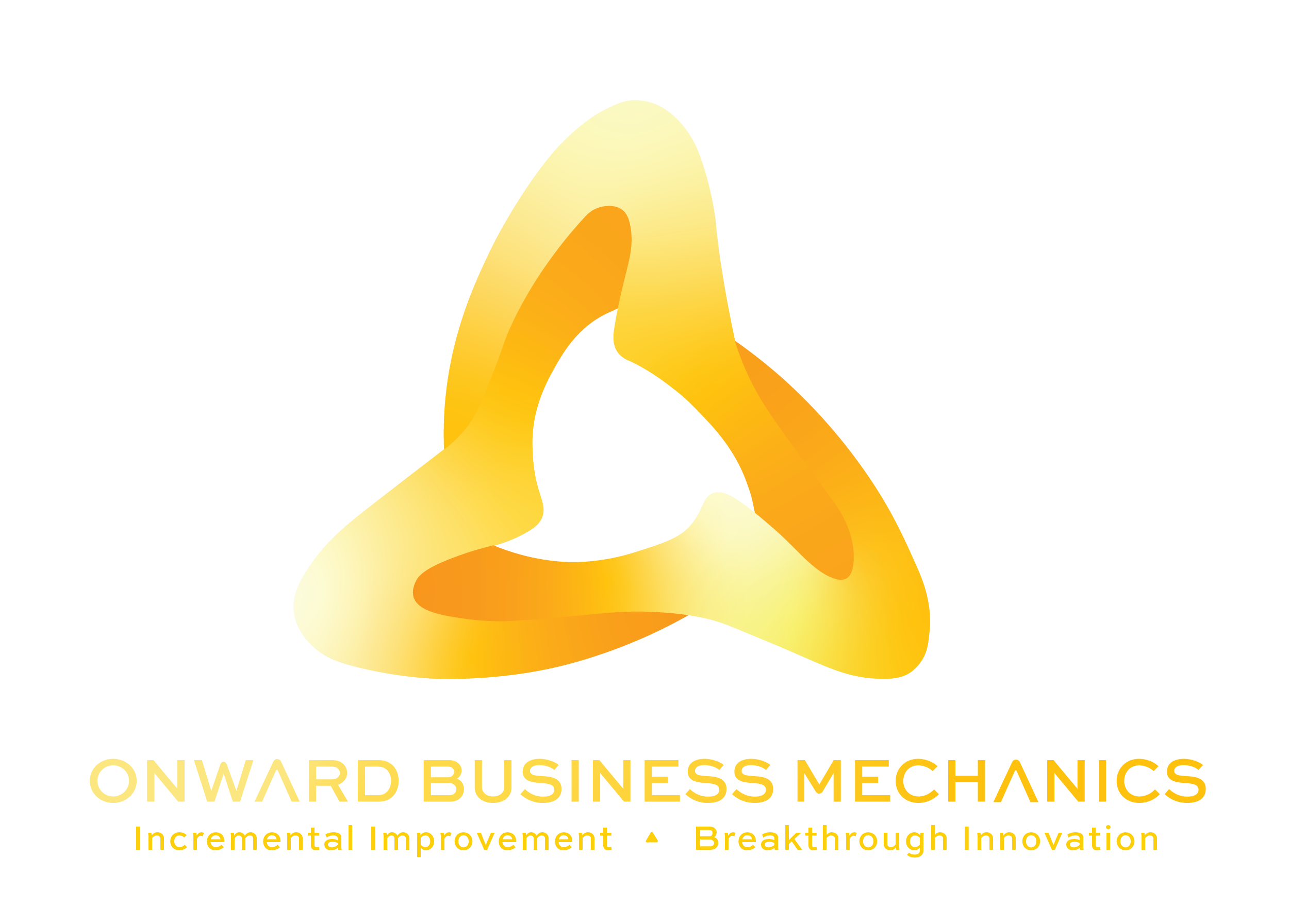It’s a wonderful, victorious thing when an improvement project finishes up. In my experience closing off Six Sigma projects and other successful improvement iniatives like Kaizen events and 5S Blitzes, it’s really worthwhile to congratulate and thank the team.
But the party never lasts very long. As the pace of your business requires, you are on to the next problem to solve right away. You can’t sit beside your implemented solution to make sure that it works. You have to trust that things will stay in their improved state. There is nothing more frustrating than walking back to your newly improved area only to discover that all your team’s hard work has been undone.
But let’s not be too hasty. That doesn’t always happen. In some cases, the solution implemented will stay in place and work perfectly forever. In other cases it will come undone and cause an annoyance for everyone, or even a risk to worker safety or to your business.
So what’s the difference between solutions that come undone, like sloppy shoelaces, and those that don’t? There are three key factors:
1) The nature of the change you implemented. If your improvement project led you to implement a solution that is by nature unlikely to be interfered with, you will not likely experience any backslide. Some problems can be solved through a highly technical and focused solution: re-programming a processing parameter or removing equipment from a work area, for example. I call these the ‘set-it-and-forget-it’ changes, and they are highly desirable in the improvement world, much the way engineering mistake-proofing solutions are stronger than administrative controls (i.e. things that depend on humans) in reducing risk. You can choose these types of solutions in the Improve phase of your Six Sigma project.
2) The reaction(s) of the people affected by the change. In some cases you will have to deal with the behaviours, attitudes reactions and counter-ideas of people affected by the change. It’s often said that a resistance to change is human nature, but in my experience there is a lot you can do to minimize that friction. Through proper stakeholder management, you show how the changes you’re implementing benefit them, and your most outspoken critic can become your best ally!
3) The overall cultural attitude toward change within the company. The process by which you win folks over one-by-one that I describe above when repeated, sooner or later, becomes a tidal wave within a company. Success stories from improvement (Six Sigma or other types of improvement methodology) become the rule and not the exception, and a sense of pride begins to take hold within the company.
The signs are unmistakable: Employees begin to hold each other accountable in keeping the newly-improved state intact. Leaders within the company reward success with improvement – with handshakes and recognition in front of peers, or with other incentives. Everyone begins to think with discipline: value-added vs. non-value-added activity, speaking with data vs. hunches, standardized repeatable processes vs. everyone doing it their own way. Problems are detected and prevented earlier and earlier in the value chain. The environment changes: there are fewer ‘crazy’ days where everything is breaking down and going wrong and more time to plan for changes in the business. A less stressful work environment is known to promote employee health and well-being, produce fewer workplace injuries and lower employee turnover.
This cultural shift is the ultimate goal of all us improvement leaders, because it sustains the gains reached through invididual improvement efforts and opens doors toward further gains.
No matter what method you use to get there, or what slogan you assign, an improvement in culture transforms the workplace into a happier, more productive place – somewhere everyone would like to work.
Have you seen successes – or failures – in your company’s culture transformations? What made the difference?


